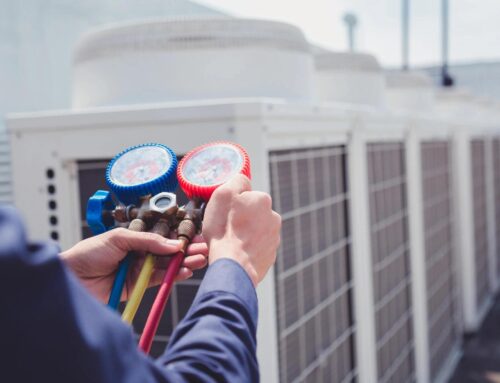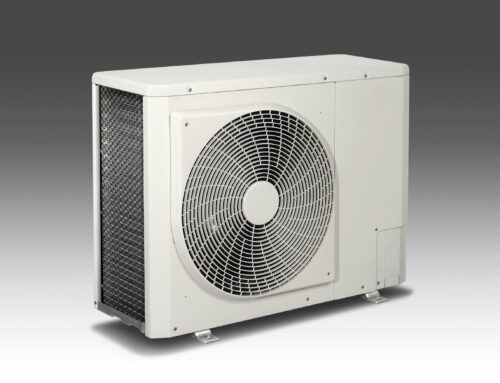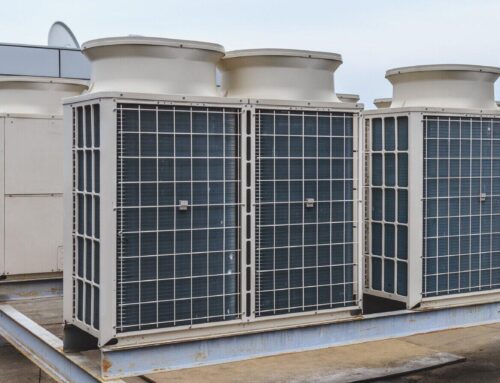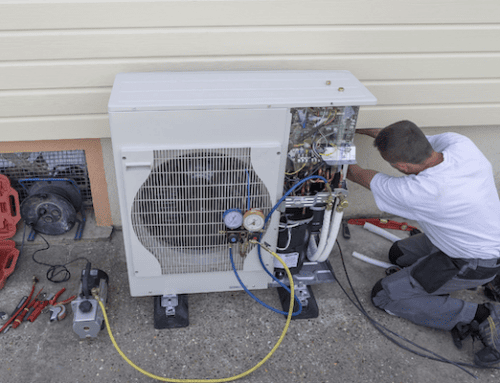Did you know that more than 6 million people live in Tenessee? Are you one of those people?
If you’ve been in TN for even just one year, you know that the summertime can be sweltering (especially with 6 million people walking around giving off even more heat).
Sitting out on the front porch swing with a glass of sweet tea is all fine and dandy… until the sun starts to sear your skin like a seasoned steak, in which case, it’s time to go inside. But, there’s no use in going inside if it’s just as hot as it is outside.
For this reason, it is crucial to have an AC unit in your home.
But, have y’all ever been curious how can AC actually work? We know it cools us off, but how?
The answer is really quite simple. Read on to learn the answer to the common question, “how does an air conditioner work?”
Let’s dive in.
How Does an Air Conditioner Work?
Here’s a quick look at the different parts of an AC unit and how they work together.
Compressor
The simple gas laws, also known as Boyle’s Law, Charles’ Law, and Gay-Lussac’s Law, state that when pressure rises, so does temperature.
To put it simply, the job of the compressor is to pressurize the coolant, and in turn, raise its temperature. The compressor does this by squeezing the coolant (while in a gaseous state) very very tightly.
But, aren’t we trying to cool off, not heat up?
The reason the coolant needs to be hot is because of the law of heat transfer. Heat will always transfer from a hotter area to a cooler area. In order for the AC to push the hot air out, the temperature has to be higher than the outdoor temperature.
Otherwise, the heat would just flow right back inside and your utility bill would be astronomical.
Expansion Valve
The expansion valve works the same way that the condenser works, except now we’re trying to cool the coolant. By using the same laws, the expansion valve depressurizes the coolant, allowing it to cool and return to a liquid state.
Fan
Of course, we can’t have an AC without a fan. The fan sucks in the indoor air to be cooled and later blows out the hot air.
Condenser and Evaporator Coils
These coils run throughout the AC unit. These coils allow the coolant to travel from one end of the AC to the other.
The condenser coil is located in the outdoor portion of the AC unit, therefore it holds the pressurized/heated coolant.
The Evaporator coil is located indoors and holds the cold, liquid coolant. When the fan blows air over these cold coils, you end up with crisp, cold air.
Coolant
Refrigerant, coolant, or Freon. No matter what you call it, it’s all got the same purpose. The coolant is a vital part of a working AC unit. This is why it’s so important not to let the coolant run out, or the whole unit could burn up.
The coolant runs in a closed loop from the inside AC unit to the outside. During this loop, the coolant runs inside the two coils. While in the evaporator coil, the coolant turns to a liquid state. While in this liquid state, the coolant absorbs heat from the room.
Once moved to the condenser coil, the coolant heats up and turns back into a gaseous state. It then pushes the excess heat outdoors.
See? Simple
Y’all knew it couldn’t be that complicated, so next time you hear your neighbor say, “how does an air conditioner work?” You can share your new info.
So sit back on the couch with a mason jar of iced tea and let that AC run.
Now that you know how it works, it’s time to look at some best practices to keeping your AC in tip-top shape.






